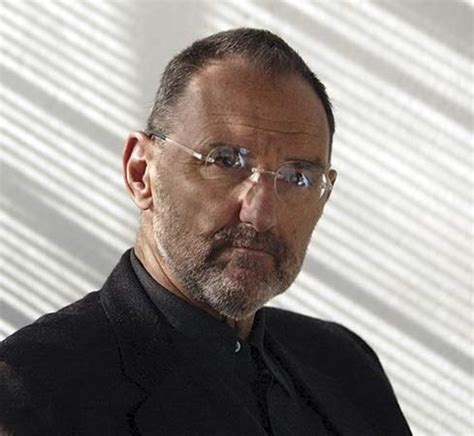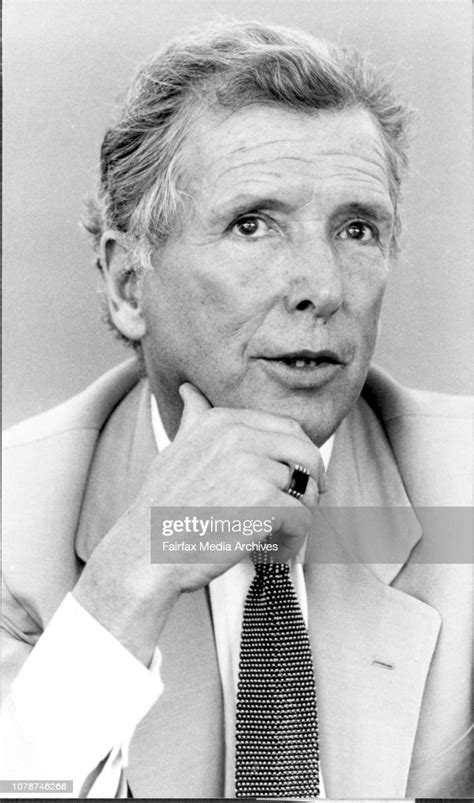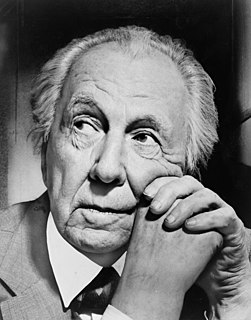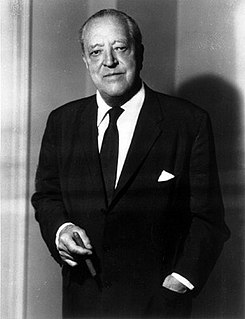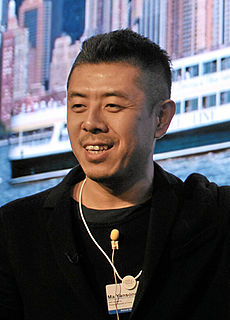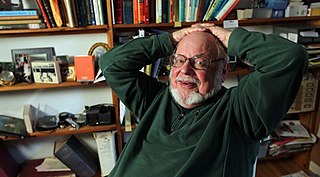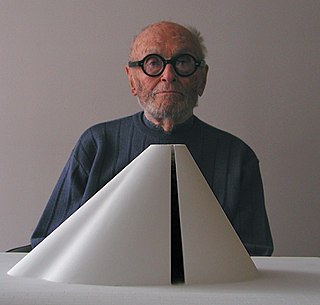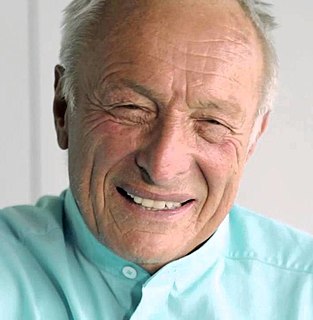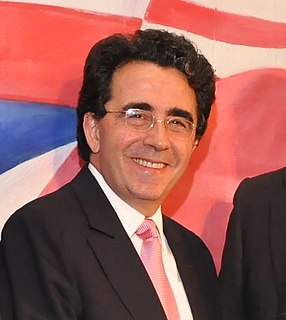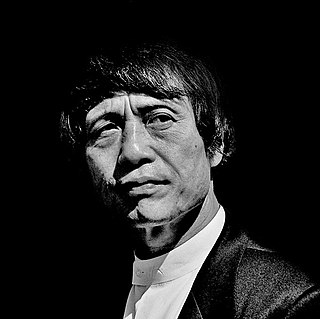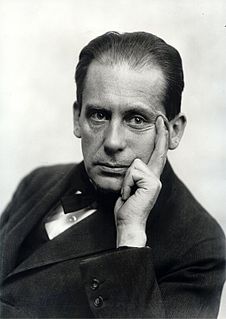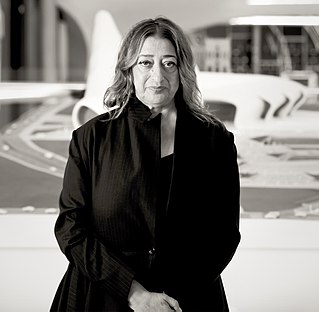Top 56 Quotes & Sayings by Thom Mayne
Explore popular quotes and sayings by an American architect Thom Mayne.
Last updated on April 14, 2025.
I fought violently for the autonomy of architecture. It's a very passive, weak profession where people deliver a service. You want a blue door, you get a blue door. You want it to look neo-Spanish, you get neo-Spanish. Architecture with any authenticity represents resistance. Resistance is a good thing.
I've always been interested in an architecture of resistance - architecture that has some power over the way we live. Working under adversarial conditions could be seen as a plus because you're offering alternatives. Still, there are situations that make you ask the questions: 'Do I want to be a part of this?'
